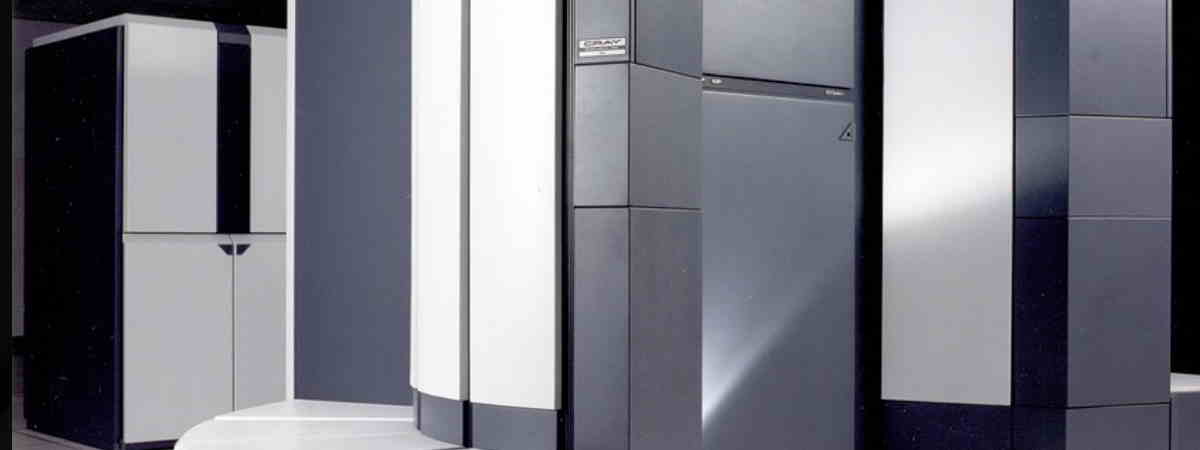IBM’s Power9 systems are leading the supercomputers’ race.

The 54th TOP500 list of the world’s fastest supercomputers was published on November 18th, 2019 in Denver, CO.
The aggregate performance of 500 systems, based on the High-Performance Linpack (HPL) benchmark, continues to grow and currently stands at 1.65 exaflops. The threshold for entering the list has increased to 1.14 petaflops compared to 1.02 petaflops in the previous list in June 2019. Interestingly, the top of the list remains largely unchanged. In particular, the top ten remains the same as in the previous list.
Summit and Sierra occupy the top two spots. Both systems are built by IBM and use Power9 CPUs and NVIDIA Tesla V100 GPUs. Summit improves its top performance each time between ratings, currently delivering 148.6 petaflops compared to 143.5 petaflops last fall. Its theoretical peak performance is 187.6 petaflops. Sierra's performance remains unchanged from the previous assessment measuring 94.6 petaflops.
The third spot on the list belongs to the Chinese Sunway TaihuLight supercomputer that comes with a performance of 93.0 petaflops. It was developed by China’s National Research Center of Parallel Computer Engineering & Technology (NRCPC) without employing any accelerator chips. Instead, it runs on proprietary Sunway’s SW26010 processors.
At number four is the Chinese Tianhe-2A (Milky Way-2A) system with Intel Xeon CPUs and Matrix-2000 accelerators. Its maximum performance is 61.4 petaflops.
Piz Daint, a Cray XC50 supercomputer installed in Lugano, Switzerland, has fallen one spot, down from number five last year. Yet, with a performance of 21.2 petaflops, it is still the most powerful supercomputer in Europe.
Trinity, a Cray XC40 system, earns the number seven position with an HPL performance of 20.2 petaflops. It is powered by Intel Xeon and Xeon Phi processors.
Listed at number eight is the AI Bridging Cloud Infrastructure (ABCI). This energy-efficient machine is built by Fujitsu and equipped with Intel Xeon Gold processors and NVIDIA Tesla V100 GPUs, achieving 19.9 petaflops of performance.
The German SuperMUC-NG supercomputer, built by Lenovo on Intel Platinum Xeon processors, is on the ninth position with 19.5 petaflops. The US-based supercomputer, Lassen, closes up the top ten list. It is the unclassified version of the Sierra system, also running on IBM Power9 CPUs and NVIDIA V100 GPUs, and is capable of 18.2 petaflops.
